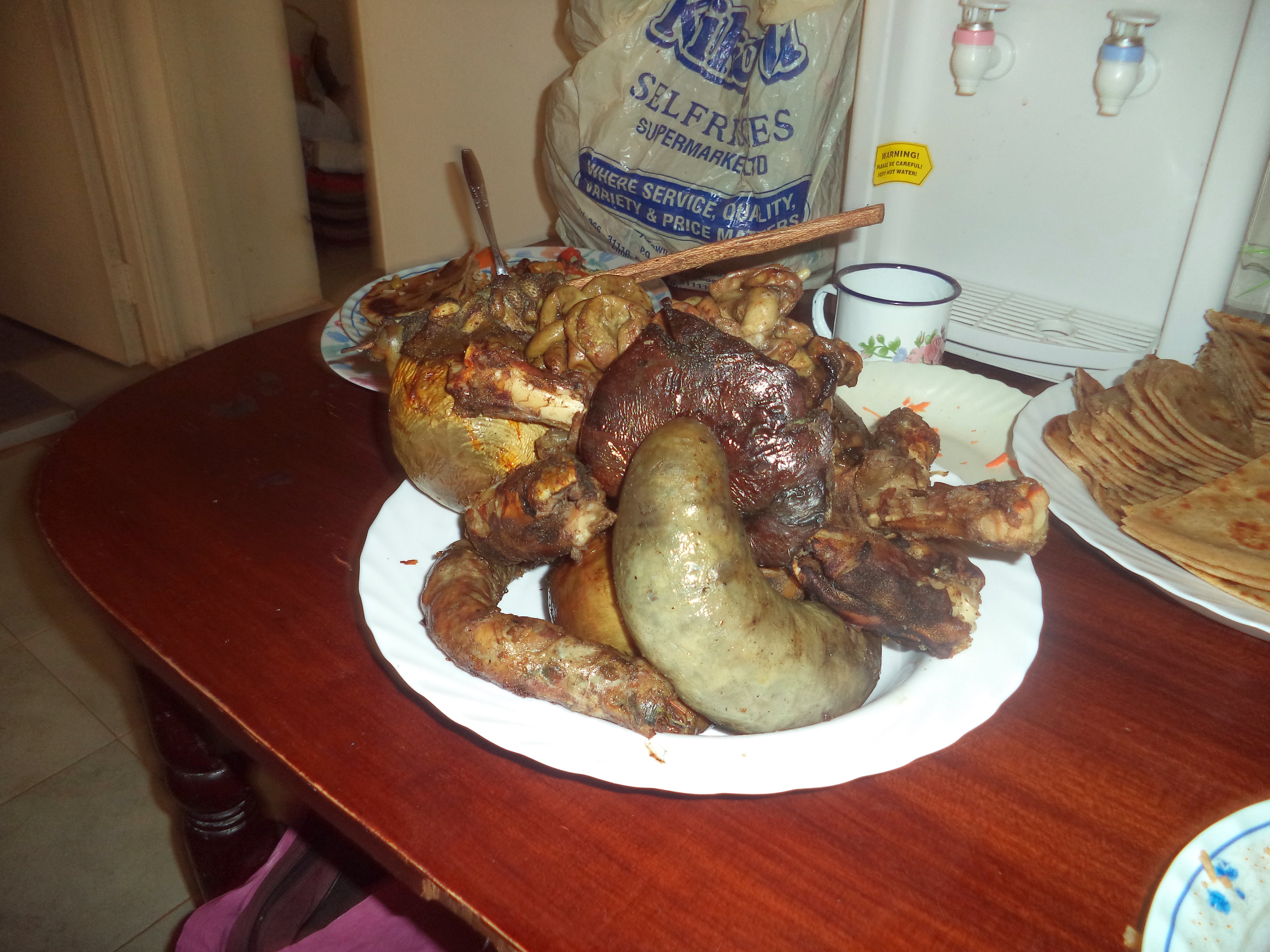It’s been a minute. First things first. What is mburi ya kihato, you ask? If you know what ngurario (gutinia kiande) is, then this will be easy. If not, read this first.
About a week ago, my mother’s people decided it was right to bring back a “goat” to dad and his family so that his shed would not be too empty. In other words, “mburi ya kihato” is that goat that is brought back to the man’s home after he has gone through the dowry process to completion i.e. ngurario. It a way of thanksgiving to the groom’s family. Deliberations had taken place over the months and my grandfather (or rather the old man who represents my grandfather) came over to bring the “goat”. I never met my real grandfather but you know in African culture that doesn’t really matter as long as he had brothers and sisters.
I watched as the old man, my uncle from mum’s side (mama) and my dad talk over the same. Of course the goat was not eaten by family alone. That’s the funny bit and I am not too sure if that’s what would happen in the past. All I know is that I was pretty tired at the end of the day. Everyone from both sides of the family were represented in the typical Kikuyu party where we ate and drank. Mum and dad walked down memory lane, to the very first day dad and his buddies visited her home. Back then, my dad was pretty much struggling in life. He had next to nothing.I guess that tells you something if you have been putting off seeing the girls parents under the pretext that you have nothing. Make that move. My dad was still paying dowry 25 years down the line.
I will update this post once I get more details on this goat and the original traditions. A lot of people actually do not know about this stage in the dowry process. I was hoping I would find more details in Facing Mount Kenya but I misplaced the book.

What about when a girls givens birth to a child in her mother’s home. which mbuzi is to be slaughtered and what is the procedure?
Mburi ya kuhata miriru
WAITING FOR THIS TOO